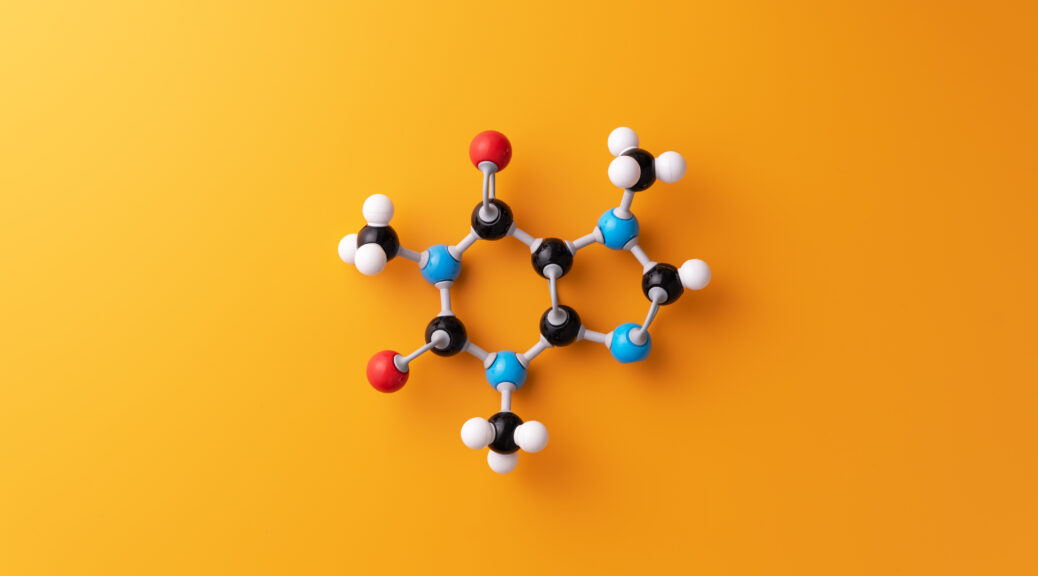Kimia Kopi
Ini disadur dari tulisan bertajuk “Enjoy the Rich Arome of Putrid Meat” di majalah Wired, edisi Oktober 2009. Barangkali ada edisi webnya juga. Tapi aku belum lihat, dan maka belum bisa tuliskan urlnya. Jadi, apa saja yang terkandung di dalam secangkit kopi hitam pekat nan pahit mempesona itu? Selain air, ini dia: Kafein. Seperti nikotin dan kokain, kafein adalah alkaloid, yaitu racun yang diproduksi tanaman. Racun imenutupi receptor syaraf yang menerima adenosin, yaitu sinyal kimiawi tidur. Akibatnya: kita bangun :)….

